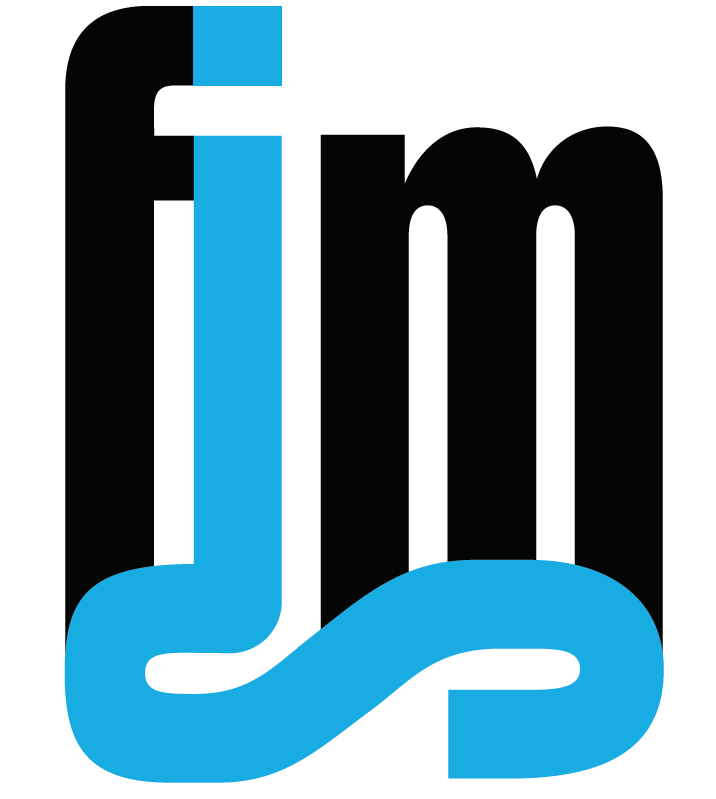By Celina Aalders, Taylor Adair, Emily Koppers and Alex Madill
Our communications case study looked at the Adidas Runner 321 ad campaign. The number 321 represents Trisomy 21, which is the medical identifier for Down Syndrome. Accordingly, the campaign calls on marathons to hold bib #321 for runners with Down Syndrome and/or “other neurodivergent athletes.”
The campaign was strategically launched on March 21, 2022, which is World Down Syndrome Day. The campaign was centered around one main video featuring Chris Nikic, Adidas’ very first sponsored athlete with Down Syndrome. Adidas produced this video in collaboration with FCB Canada, as well as the Canadian Down Syndrome Society. The goal of the campaign was to encourage representation and inclusivity in mainstream sports. By having Nikic as the ambassador for this message, other athletes with disabilities would hopefully be inspired to follow their dreams too.
Adidas and FCB understood the responsibility they had to ensure that this campaign was carried out in a respectful manner, specifically toward folks in the disability community. Andrew MacPhee, the Executive Creative Director at FCB Canada states, “we were conscious of not creating a sense of otherness in the way we portrayed Chris. The work needed to showcase Chris with the same respect and stature as any other Adidas sponsored athlete.” We would argue that the campaign was successful in doing so.
With the support of Adidas, Nikic ran the 2022 Boston Marathon sporting the #321 bib. By tackling the Boston Marathon, one of the top five most famous marathons in the world,3 Adidas was able to get their key messages of representation and inclusion out to an extremely wide audience. The goal here was also to inspire other marathons to follow suit in reserving the #321 bib for a runner with a neurological disability.
The campaign has some critical missteps. As we analyzed the various components of Adidas’s strategy, tokenism, inspiration porn and isolation stood out to us. Furthering the discussion with our classmates was an aid to our materials, as they presented us with perspectives we hadn’t considered yet.
Tokenism is a major concern in this campaign. The focus of the campaign zoning in one runner and one specific bib number presents multiple opportunities for tokenism to be abused. The campaign specifically calls for races to hold bib #321 for a neurodivergent athlete.
Through this strategy of emphasizing the one bib for an athlete with down syndrome, it may leave organizations with the impression that if they include that one athlete, then they have done their part. This is not a long-term option for creating accessibility in sport.
Inspiration porn is defined by Stella Young as “making people feel good in a not-so-good political climate”4. A major aspect of inspiration porn is appealing to the viewer’s emotional reaction. Adidas is taking advantage of an outdated stereotype that views individuals with disabilities as lesser-than. This is a manipulative tactic and can take advantage of athletes with disabilities. These athletes are just as capable as anyone else in taking part in these races. The campaign has been framed in a way that wants to push inspiration porn onto the consumer, and Adidas is profiting from that.
The goals that Adidas set for this campaign centered around increasing representation in the sports community. One of the first issues presented here is that they use terminology such as “neurodivergent.” This is an umbrella term and with the campaign’s emphasis on athletes with Down Syndrome, using that terminology can take away from the original focus.
As discussed by our peers, using the term “neurodivergent” can be damaging to individuals with disabilities. By having races save one singular bib for a runner with Down Syndrome, it does create a semblance of isolation. Isolating and calling out that one runner with a specialized bib is not a common practice. It does not lead to the most inclusive practice.
This campaign had its pros and cons, while we focused on the negatives of the campaign, they did do some things well. One of the major positives of their work was the collaboration with other groups. This ranged from outside ad agencies to the Canadian Down Syndrome Society.
It is valuable for organizations to work with thought leaders and representatives of the communities that their campaigns are focused on. Adidas did this well, and continued to highlight their athletes in their typical style. There is room for improvement, as with anything, but overall Adidas executed a campaign that could have a positive impact.
Discussion Questions
- Where should the line be drawn between representation and isolation in this case? Does Adidas’s tactic cause more harm than good?
- What could Adidas have done differently to encourage inclusion and accessible practices in their campaign?
- A concern with this campaign is the lack of longevity, what is a suggestion that could help the campaign to become more sustainable and have a larger reach?
- How can companies avoid the danger of inspiration porn while still producing a campaign that can inspire their audience?
Bibliography
Brown, David. “Why #321 Represents Athletic Inclusivity for Adidas and FCB.” The Message. March 22, 2022. https://the-message.ca/2022/03/22/why-321-represents-athletic-inclusivity-for-adidas-and-fcb/.
Jones, Chelsea Temple. “Why This Story Over a Hundred Others of the Day’ Five Journalists’ Backstories About Writing Disability in Toronto.” Disability & Society 29, no. 4. (June 2014): 1206-1220. https://www.tandfonline.com/doi/abs/10.1080/09687599.2014.916608.
Lu, Wendy. “What Journalists can do Better to Cover the Disability Beat.” Columbia Journalism Review. September 5, 2017. https://www.cjr.org/the_feature/journalism-disability-beat.php.
“The Big 5- Make Your New Goal One or All.” World’s Marathons. January 13, 2013. https://worldsmarathons.com/article/big-five-marathons#:~:text=It%20refers%20to%20the%20biggest,London%20and%20New%20York%20City.
